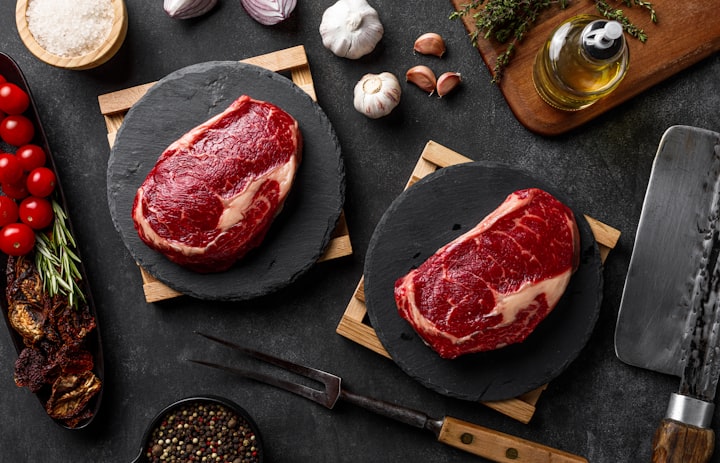How to Make Wagyu: From Farm to Table, A Culinary Journey
Recipe for Dining

Meet Michael, a Wagyu cow with enough financial backing to hire a personal bodyguard. This documentary delves into the origins of Wagyu, the meticulous process of breaking it down for restaurant service, and the high-stakes world of Wagyu auctions where millions are exchanged daily. My trip to Kobe had a specific purpose - to explore the heart of Wagyu production. While Kobe beef stems from Wagyu, not all Wagyu beef attains Kobe status; if Kobe is likened to a Ferrari, then Wagyu is akin to a regular automobile. Standing tall at six feet three, I was surprised to find Michael matching my height; I hadn't realized they grew so large. I treaded carefully; causing any inconvenience to his guardian was the last thing on my agenda.
"Hello, friend," I greeted Usunaga-san, appreciating his warm welcome to the farm. This man reared some of the world's most prized cattle, starting with a mere 50 and now overseeing 500, housed across several barns. Wagyu, meaning Japanese cow, embodies the essence of this breed. Usunaga-san offered to start our tour with the youngest members of his herd - the calves. As we approached, wrapped snugly in jackets against the chill, I couldn't help but admire their adorable demeanor. Each newborn weighed between 25 to 30 kilograms, destined to reach the size of the medium cows within three to four months, gaining about one kilogram daily. Their rapid growth, ten times that of humans, was staggering.
As we progressed, I shared my curiosity about the various myths surrounding Wagyu - tales of daily massages, Mozart serenades, and alcohol indulgence. Usunaga-san assured me we'd unravel the truth. Moving among the older cattle, aged between one to three years, Usunaga-san revealed their daily diet of approximately eight kilograms of feed. I inquired about identifying future marbling excellence, crucial to Wagyu's allure. His expertise lied in examining the rear, particularly the sirloin, a telltale sign of meat quality. The enormity of the fully grown cows astounded me; witnessing a week-old calf already matching my stature was a testament to their growth potential.
Our conversation veered to the auction, where Wagyu, now significantly larger than the calves, awaited potential buyers. Tajima cows, the largest, tipped the scales at 700 kilograms, with the heftiest recorded at a staggering 950 kilograms. Curious about their diet, I was led to the feeding area, where the aroma of fermented sake, soy sauce, beer, mirin, and whiskey filled the air. Usunaga-san explained the meticulous feeding regime, dismissing the notion of intoxicated cattle.
Following the cattle's journey, I accompanied Usunaga-san to witness the butchering process, where each carcass, bearing a 10-digit tracking number, underwent detailed examination. The auction, shrouded in exclusivity, presented a nerve-wracking bidding process. Success secured us the prize cow, an achievement marked with restrained jubilation. Witnessing the meticulous breakdown of the carcass into various cuts underscored the craftsmanship involved in Wagyu production.
Finally, we savored the fruits of our labor at Wagyu Mafia, where Chef Hama showcased Wagyu in three delectable forms - sushi, yakiniku, and katsu sando. Each dish, crafted with precision and reverence, showcased the unparalleled quality and flavor of Wagyu beef. Our journey from farm to table encapsulated the essence of Wagyu - a symbol of excellence and culinary artistry.





Comments
There are no comments for this story
Be the first to respond and start the conversation.